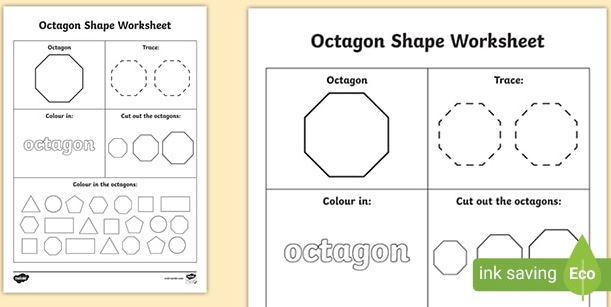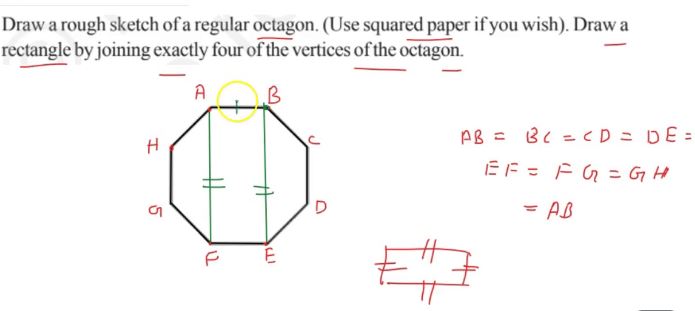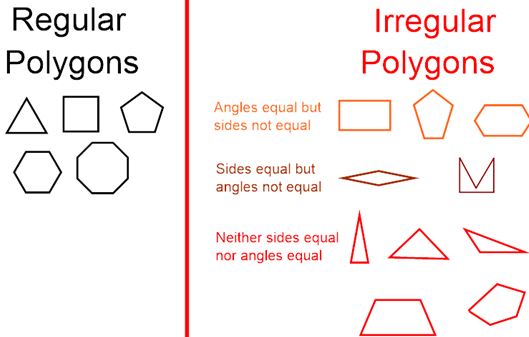In geometry, an octagon is a geometric object consisting of eight points of intersection. How did the geometry teacher feel about Octagons? Did he love them or loathe them? We’ll never know for sure, but we can explore this interesting question through the lens of mathematics.
The geometry teacher adored octagons, viewing them as fascinating geometric marvels. They saw octagons as a perfect blend of symmetry and angles, and their enthusiasm for teaching about these shapes was palpable in every lesson.
How did the geometry teacher feel about Octagons?
So, I hope you’re not cheating on the worksheet. I experienced the same WS, so I know it can be difficult. After a while of staring at it, I got this. IT WAS A LOVE EIGHT RELATIONSHIP, AS THE ANSWER SAYS. Using these responses as a key or something, I hope you can answer the top Qs.
The Structure of Octagons
Octagons are polygons with eight sides and eight angles. They come in two main types: regular and irregular. Regular octagons have sides and angles of equal measure, forming a perfect balance. Irregular octagons, on the other hand, have sides and angles of varying lengths and degrees, adding a layer of complexity.
Why Octagons Fascinate Geometry Teachers
1. Symmetry and Balance
Regular octagons embody symmetry, a fundamental concept in geometry. Their uniformity in side length and angle measurement demonstrates perfect balance, making them a favorite subject for illustrating geometric principles.
2. Complexity and Variation
Irregular octagons present a variety of problems and puzzles. Their lack of uniformity challenges students and teachers alike to think critically and apply geometric theorems and formulas creatively.
3. Real-World Applications
Octagons appear in various real-world contexts, from stop signs to architectural designs. A geometry teacher appreciates these practical applications, as they provide concrete examples of abstract concepts.
4. Educational Value
Teaching about octagons helps students understand broader geometric concepts, such as angle sums (an octagon’s interior angles sum to 1080 degrees) and the properties of polygons. This makes octagons an excellent teaching tool.
5. The Emotional Connection
Geometry teachers often develop an emotional connection to the shapes they teach about. Octagons, with their mix of simplicity and complexity, can evoke a sense of wonder and satisfaction. The ability to convey the beauty of these shapes to students, helping them appreciate the elegance of geometry, is a rewarding experience.
Octagon worksheet preschool
When we look at an octagon, it’s easy to see that it has eight points of intersection. That makes it a perfect geometric object for learning about angles and triangles.
Angles are formed by two rays from one point in space to another point in space. In the case of an octagon, there are six such rays — three comprising the sides of the octagon and three forming its corners. The angle between any two adjacent rays is 120 degrees (since each ray intersects opposite edges twice).

Love-eight relationship
In geometry, an angle that defined as the measure of the space between two points (or lines). In general, angles can be measured in degrees (named after a famous mathematician named Descartes), radians (after a Greek astronomer), or turns.
Angles formed by rays from one point in space to another are said to have a love-eight relationship. That is, the angle between any two adjacent rays has a value of 8° ( 120 degrees / 2).
Read here also related things
Teaching Same and Different Kindergarten
When does a Girl say you’re Hard to Read?
How I learned to mind my own business and it changed my life
Octagon and triangles
An octagon can be seen as a perfect example of a triangle. The three sides that make up the octagon are the same length, and each side intersects the other two at an angle of 120 degrees.
This means that all six angles in a Triangle are equal (in terms of measure), or congruent (look it up!).
Teacher’s thoughts on Octagons
Based on what we’ve learned so far, it’s reasonable to assume that the geometry teacher probably enjoyed working with octagons.
Love-hate relationship
In general, geometric objects can have a love-hate relationship with humans. We love them because they’re cool and useful, but we often hate them because they’re difficult to create or understand.
Octagons are no exception. Students typically struggle with understanding how to create an octagon using only straight lines.
That’s why it’s helpful for teachers to introduce the concept of angles in a very basic way (using rays from one point). After that, students can explore more complicated shapes (triangles and other polygonal shapes) on their own.
About Octagons worksheet
The About Octagons worksheet is a great way for students to practice creating an octagon using only straight lines.
The worksheet contains 36 questions, and the answers are provided at the bottom of the page. Octagon’s worksheet is bundled with the Geometry Unit Bundle, which is available for purchase on Teachers Pay Teachers.
Lesson plans about Octagons
Here are some ideas for using octagons in your geometry classes:
-Introduce the concept of angles, and then have students create an octagon using only straight lines.
-Have students explore different types of angles (Charges, Angles between Points, Half Angles).
-Challenge students to create more complicated octagons, using different shapes for the rays from one point. Algebra and trigonometry can be used to help students solve these problems.
-Have students create octagons using a compass and ruler. This is a great lesson for developing measurement skills.
Read also: Why is math hard to me?
Is teaching a white collar Job?
People also ask
Can you use Octagons in math problems or diagrams?
Octagons can be used in math problems and diagrams, but they are not always easy to see. Therefore, it is best to use them sparingly if at all.

Why octagons are sometimes called “the eighth shape?”
Octagons are sometimes called “the eighth shape” because they have eight points of intersection.
Next time, we’ll learn about another geometric object: the pentagon.
How can I find the dimensions of an Octagon?
The dimensions of an octagon can be found by dividing the length of one side by the width of one side. What is the difference between an octagon and a regular eight-pointed star?
An octagon is different than a regular eight-pointed star because the corners of an octagon are not sharp.
Is it possible to create an Octagon using only polygons?
It is not possible to create an Octagon using only polygons. Congruence is not possible, which means that the dimensions of two octagons cannot be equal.
What is the difference between a regular polygon and an Octagon?
A regular polygon has straight sides while an Octagon has curved sides. Worksheet an Octagon is different than a regular eight-pointed star because the corners of an octagon are not sharp.
A polygon has three or more sides. The polygon and all the angles are convex, it is called a regular polygon. If not, then it is an irregular polygon or octagon.
In your Internet Browser, type in “images.google.com” and you will see a picture of an octagon. This can be seen in the following figure:

How did the geometry teacher feel about octagons 13.8?
The answer to “How did the geometry teacher feel about octagons 13.8?” depends on what “13.8” signifies. Here are a few interpretations:
Classroom temperature: If 13.8°C is the classroom temperature, the teacher might feel pleasantly cool and focused, ready to delve into the perfect balance of eight sides.
Historical reference: Perhaps 13.8 is a date, like August 13th, celebrating the “discovery” of the octagon by some ancient mathematician. The teacher, a history buff, might feel a surge of awe for the shape’s timeless elegance.
Fibonacci sequence surprise: Maybe 13.8 is an unexpected result of some intricate calculation involving octagons and the Fibonacci sequence. The teacher, a math enthusiast, might feel a thrill of intellectual discovery, their appreciation for octagons reaching new heights.
Humorous pun: 13.8 could be a simple play on words, a “love-eight” relationship with octagons. The teacher, with a dry sense of humor, might share a knowing smile with the class, their fondness for the shape veiled in a mathematical pun.
Last Word
In this blog, we’ve discussed the geometry teacher’s feelings about octagons and how the geometry teacher felt about Octagons.
We’ve helped you understand the concept better and provided you with important information to use in your next geometry class.

